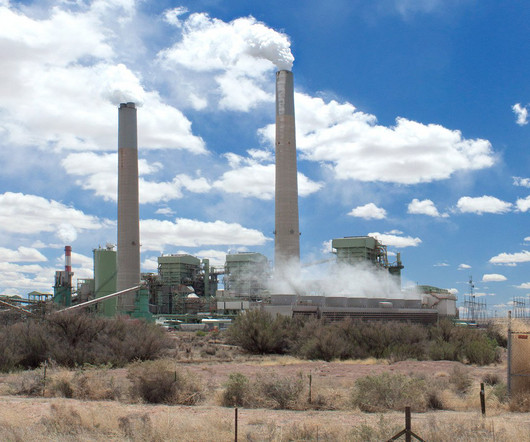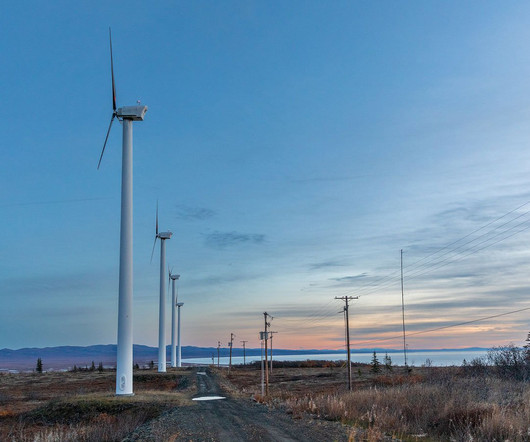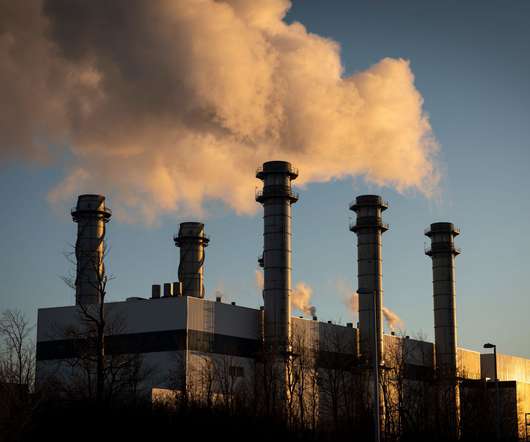Good News—and Bad—about Fossil Fuel Power Plants in 2023
Union of Concerned Scientists
MARCH 23, 2023
GW record from 2021. And fossil fuel power plants may not stick to their retirement schedules for a variety of reasons. Note: this is adjusted for inflation to 2022 dollars and is based on the amount those plants emitted in 2021, the EIA’s most recent year of finalized data. A bit more on those reasons later.































Let's personalize your content